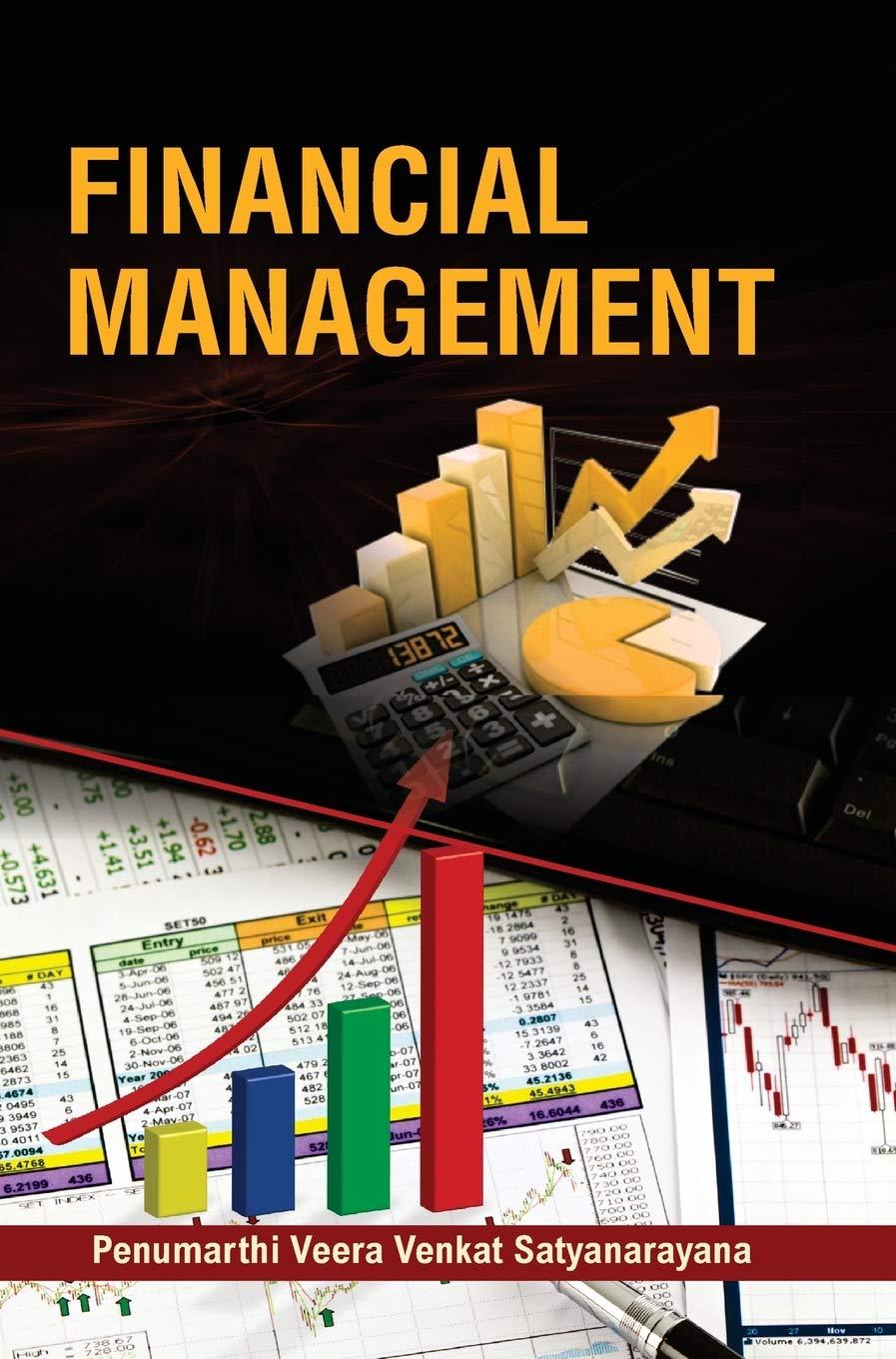Question
These are true or false questions. Thank you! 1. Volatility is observable and persistent. 2. To estimate a model with MLE, we need to make
These are true or false questions. Thank you!
1. Volatility is observable and persistent.
2. To estimate a model with MLE, we need to make assumptions about the distribution of the data.
3. The MLE estimator is efficient, which means that it has the smallest variance among all estimators. The efficiency result obtains irrespective of whether or not we have made the right assumption about the distribution of the data.
4.We have to use conditional distributions to write the log-likelihood of an AR(1) model, because the data is potentially dependent.
5. If the model is linear and the distribution of the data is Normal, the MLE and OLS estimators are equivalent.
6. We can estimate monthly realized volatility (RV) with daily data.
7. We can estimate monthly realized volatility with daily or 1-minute data. The daily data will yield a better estimate of volatility than the 1-minute data.
8. We can estimate daily realized volatility with daily data.
9. We can estimate daily realized volatility with 1-minute data.
10. To estimate jumps, we need to compute RV (realized volatility) and bi-power variation (BV). Jumps can be estimated as: BV-RV.
11. To estimate the second conditional moment of returns, we first need to specify the first conditional moment of returns.
12. Volatility is unobservable and there are various ways to estimate it.
13. Realized volatility exhibits spikes because it is an estimate of quadratic variation, which comprises smooth variation and jumps.
14. If we regress RV in month t on RV in month t-1, we will obtain an R2 of about 40%. The autoregressive coefficient will be 0.7 and highly statistically significant.
15. Bi-power variation is another way of estimating realized volatility.
16. The best estimates of RV and BV obtain if we have high-frequency data.
17. The monthly volatility during the October 1987 crash was about 15% per year (annualized).
18. The historical volatility of the S&P500 index from 1927 to 2020 is about 15% per year (annualized).
19. Volatility changes over time.
20. Volatility is constant over time.
Step by Step Solution
There are 3 Steps involved in it
Step: 1

Get Instant Access to Expert-Tailored Solutions
See step-by-step solutions with expert insights and AI powered tools for academic success
Step: 2

Step: 3

Ace Your Homework with AI
Get the answers you need in no time with our AI-driven, step-by-step assistance
Get Started


